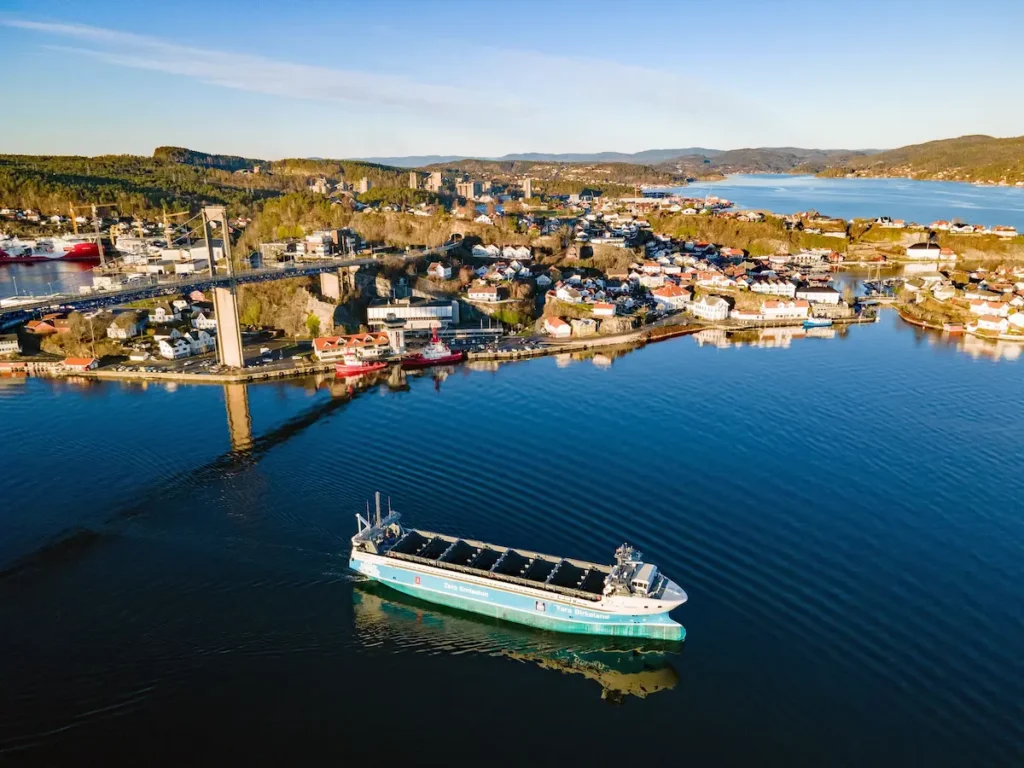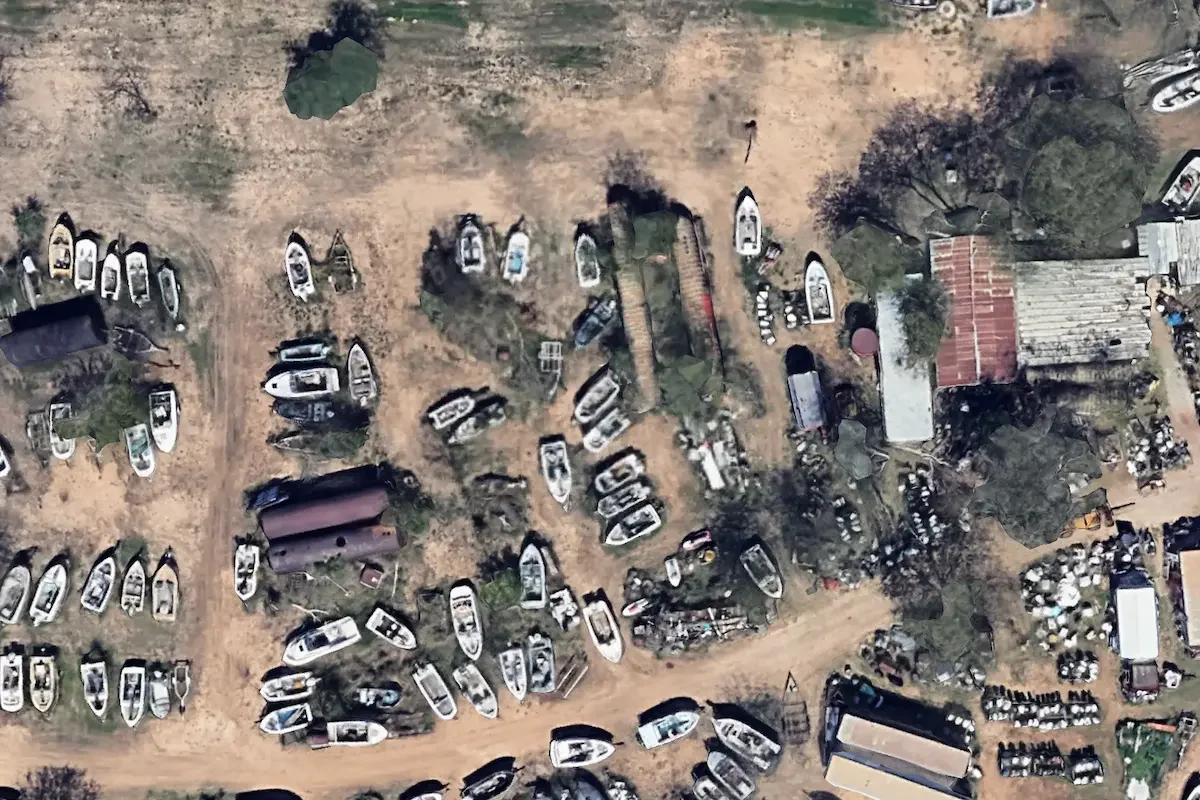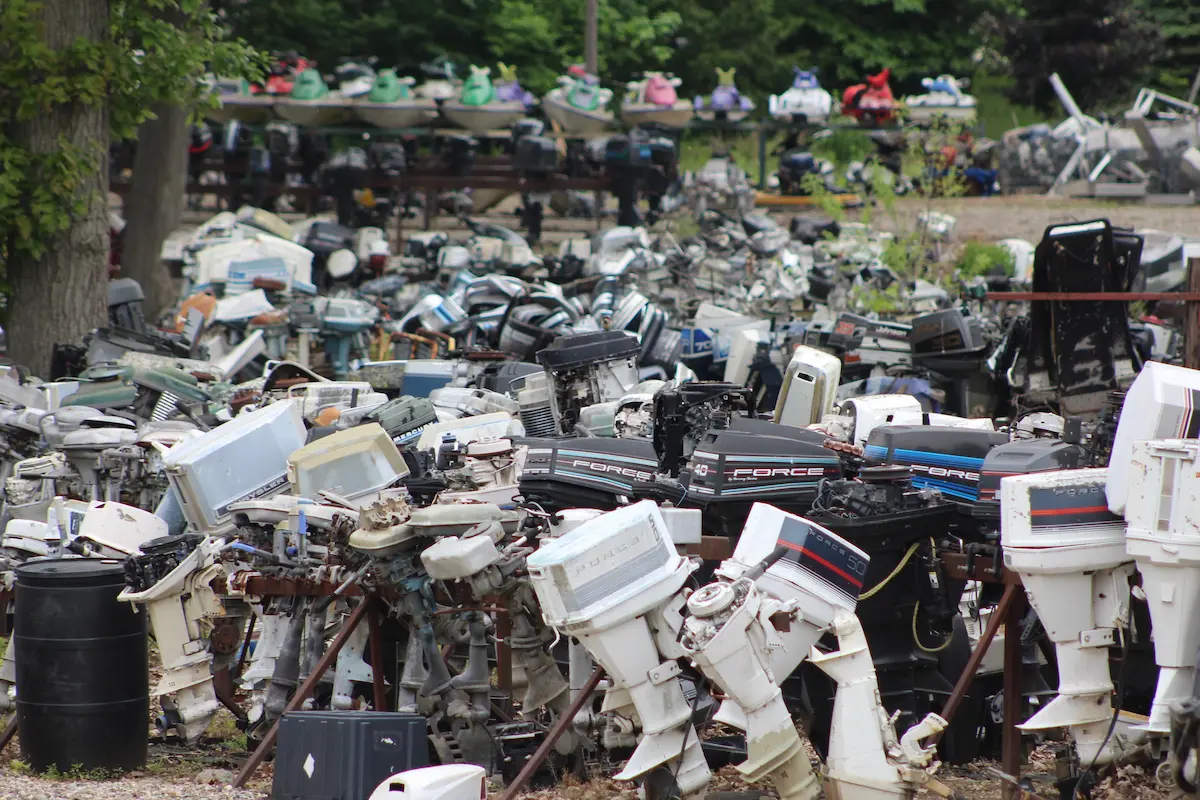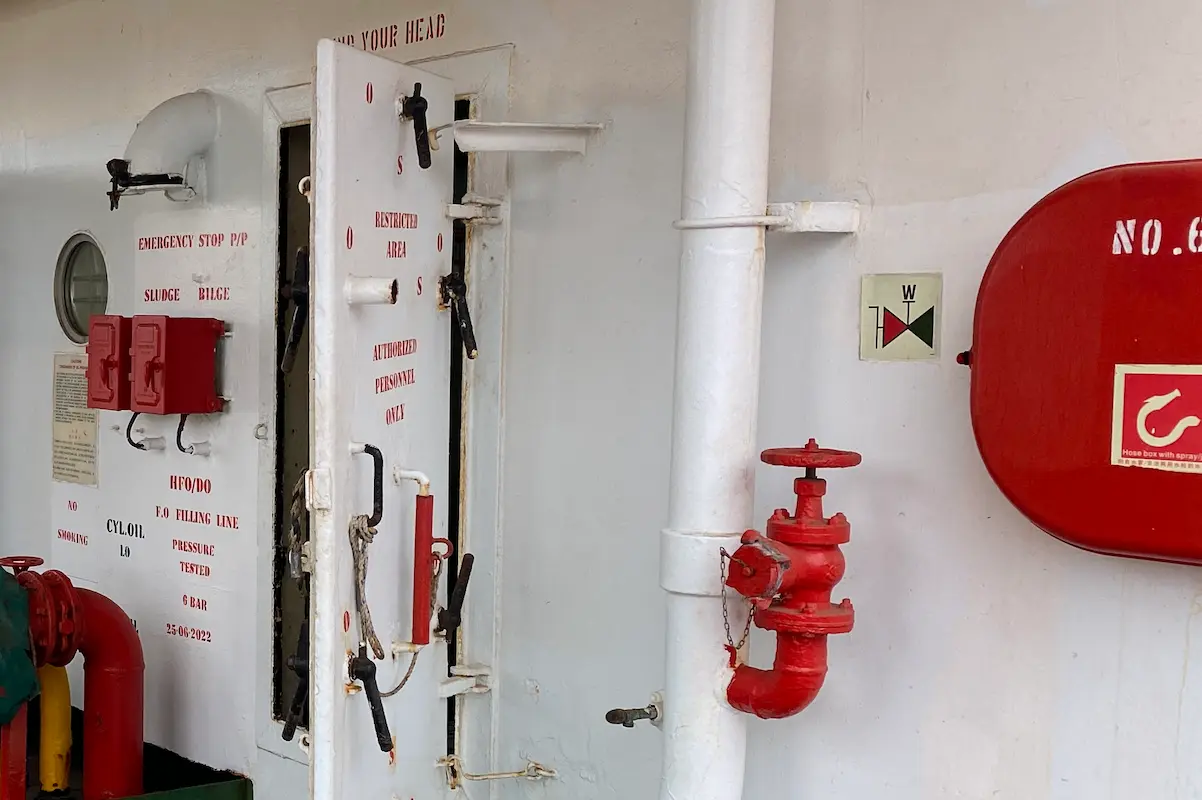Autonomous cargo vessels also called Maritime autonomous surface ships (MASS) are those vessels that are not manned by the crew but run with the help of automation with the help of advanced computer technologies such as artificial intelligence, onshore control units, and so on with which the vessel can maneuver and avoid obstacles from a given location to another.
Autonomous shipping tends to focus on improving the overall efficiency reliability and safety standards when compared to the existing diesel-powered vessels by introducing electrically powered vessels. Let us get into the details to find out more.
Different levels of Automation & Concepts
The level of automation technology can be found to be different from vessel to vessel. As Artificial intelligence is emerging throughout all sectors such as road and rail transport, the primary mode of automation that can be expected to be seen in the majority of vessels in the near future would be AI.
The vessels can also be controlled from an onshore unit or by a mother vessel which can be used as the central control unit for different vessels running in a given geographical location.
A captain will be assigned to these control units who oversees the operations and logs into the coordinates of each of the vessels ensuring that they are following the desired tracks. The crew on these control stations will be experienced seamen who have undergone intensive audio-visual training to make automation a safe mode of transportation.
There are various sensors and cameras which support autonomous transport in line with the traditional control units such as the GPS, Radar, sonar, and so on. These devices are primarily for navigation, surveillance, motion stability of the vessel which directly corresponds to maneuvering and seakeeping, machinery monitoring systems such as engine controls, and much more.
The data is processed at the central control stations or by the Artificial intelligence units on board which determines a safe course for the vessel. Other sensors help in maintaining safety within the vessel which can be used to report accidents such as fires, to the main control station such as that measures can be taken remotely to control the same.
The Pros And Cons Of Autonomous Cargo Vessels
Let us take a look into what could be the possible benefits and drawbacks of automation which can decide if we will be seeing complete transportation for sea transport by automated vessels.
The Pros of Automation
- Feasibility
Manpower costs can be accounted for almost 20-30% of the total cargo shipping costs which includes crew salaries, onboard vessel facilities, insurance, and so on. With the help of autonomous cargo vessels, these costs can be reduced which makes leverage for the ship owners. On the downside, additional costs will be required to keep the onshore control units up and running also keeping in mind the cost associated with major communication mediums used such as the higher frequency bandwidth satellites.
- Safety
The majority of the accidents which happen at sea can be accounted to human errors such as negligence, judgmental errors, fatigue and so on. The percentile of occurrence of this error is between 75-95% which is not a small number. Not only these errors can lead to human causalities but also can cause losses of billions in terms of cargo and equipment on board.
With the help of autonomous systems and human interaction the picture, the probability of occurrence of these accidents can be reduced significantly ensuring a safer mode of transportation.
The vessel designs can also be altered to prevent piracy. Without manual controls and crew on board, these autonomous cargo vessels will be potentially worthless for piracy activities as there won’t rise any hostage scenarios, and even if pirates get on board the vessel, motion sensors will alert the ground control stations who can alert the nearby naval vessels.
- Efficiency
Without crew on board, vessels can be designed to maximize storage for cargo and weight can be reduced in terms of outfitting for the crew. The amount of cargo carried in terms of the fuel burnt for the voyage can be increased when compared to traditional vessels.
The Cons Of Automation
- Regulations
The current rules and regulations followed by all the vessels governed by the regulatory bodies such as SOLAS (Safety of Life at sea) & COLREG (International Regulations for preventing collisions at sea) bring forward mandatory rules such as assisting other vessels during a collision and in-person lookout while a ship is under voyage to avoid collisions both of which autonomous cargo vessels find hard to comply to without any crew on board.
Certain rules are being amended by the IMO (International Maritime Organization) for autonomous cargo vessels to overcome the above difficulties and ply safely in waters by combining the advantages of the new technologies adopted towards safety and security aspects. Also taking into consideration how this technology is going to impact the life of crew both offshore and inshore.
- Legal
In traditional manned vessels, the captain holds the primary responsibility for the safety of the crew and the vessel throughout the voyage, and in case of any accidents, the captain is held responsible. Whereas In the case of autonomous cargo vessels there are different factors such as the ground control stations, the software on board the vessel, and so on who might be the reason why an accident has occurred and without any primary responsibility to an individual, it is the regulatory bodies who decide who is responsible for the cause of the accidents and who should bear the loss.
- Cyber security
Cyber security has been one of the main concerns in the rising world of technology. For fully autonomous vessels there lies a bigger risk if the onboard systems and data are accessed by hackers regaining control over the vessel would be a difficult task as there is no crew on board the vessel who can control her manually.
Data swamping is yet another concern as continuous data needs to be sent between the vessel and the onshore control units which gives rise to huge amounts of raw data that will be transmitted and generated. Methods should be adopted to ensure pre-processing and compressing of data so as to limit the chances of data swamping.
- Reliability and functionality
How reliable the systems on board the vessel such as engines and generators always depend on the continuous maintenance done on the same by the engine crew. Without crew on board, this will be a challenge for autonomous cargo vessels where additional propulsion units can be added to increase redundancy or change to electrical propulsion systems which involves much lesser maintenance when compared to their conventional counterparts.

Can You Find Autonomous Cargo Vessels Being Operated At Present?
The world’s first autonomous cargo vessel with a gross tonnage of 749 tonnes, completed close to 500 miles of a voyage in the busy shipping routes of Tokyo Bay avoiding collisions successfully without any crew onboard the vessel.
The technology used onboard was Artificial intelligence which helped her throughout her voyage. There are more ships that are trialed equipped with both Artificial Intelligence and remote-controlled autonomous systems, but mainly for shorter voyages from one port to another as current rules limit to ocean voyages and only coastal and river operations.
We can also see different naval vessels also being trialed with similar technologies, which marks a huge advancement from their current smaller remote-controlled surveillance vessels to bigger vessels that are even capable of transportation.
Summary
The autonomous cargo ship will definitely revolutionize the maritime industry in the years to come and is just a question of “when” this will happen. It will provide a safer and much more efficient means for transport and logistics through the water. The new technology will provide better clarity about vessel data and positioning for different numbers of vessels operated from a single offshore control station.
- 11 Boat Salvage Yards in Texas – January 18, 2025
- 7 Boat Salvage Yards in Michigan – January 15, 2025
- Fire Hose SOLAS Requirements, Regulation 10: Ensuring Maritime Safety – January 9, 2025




